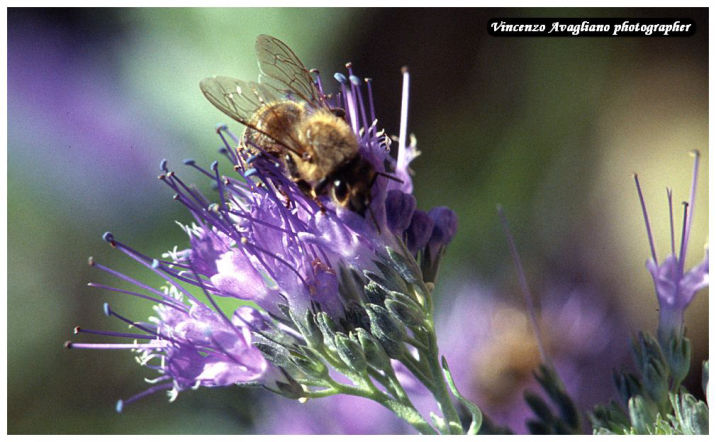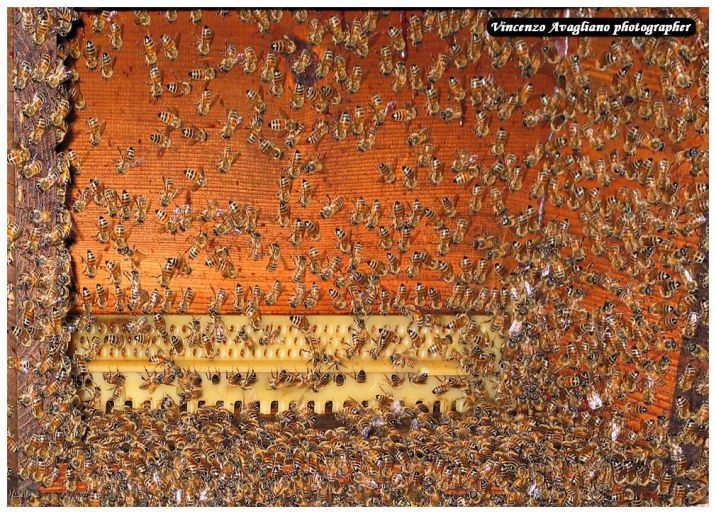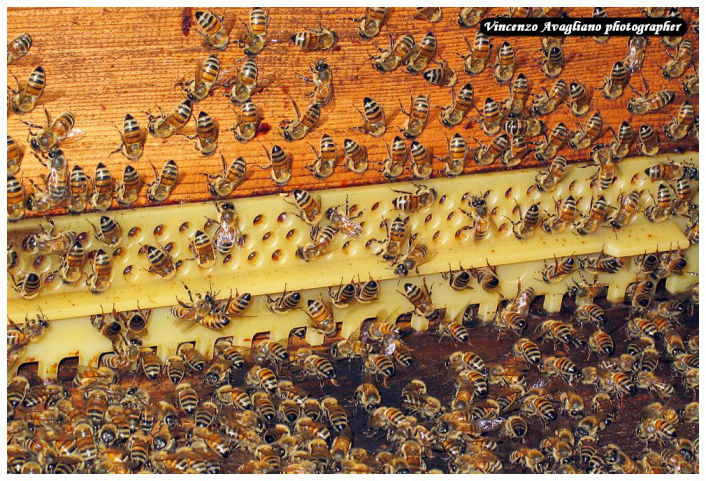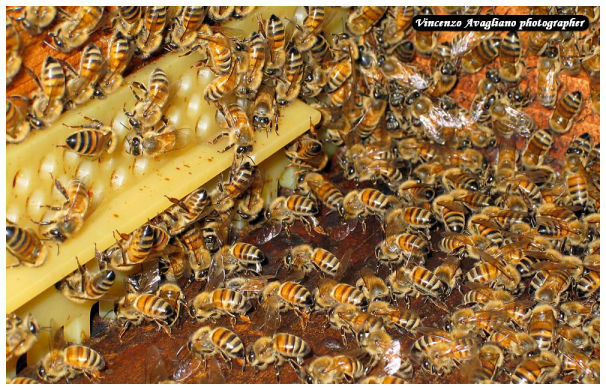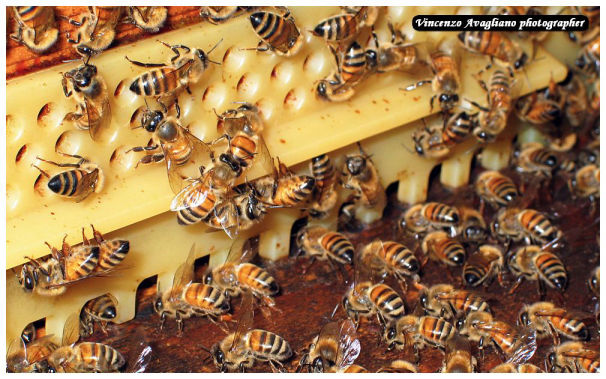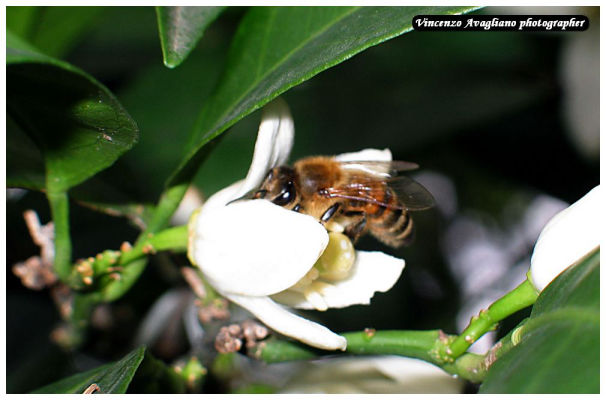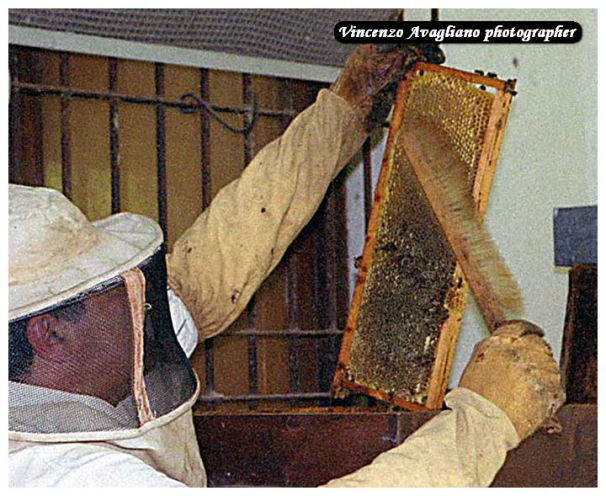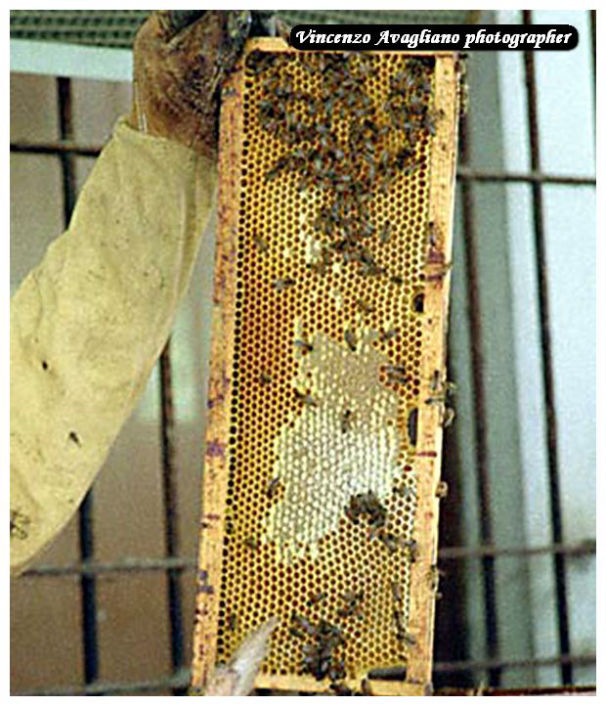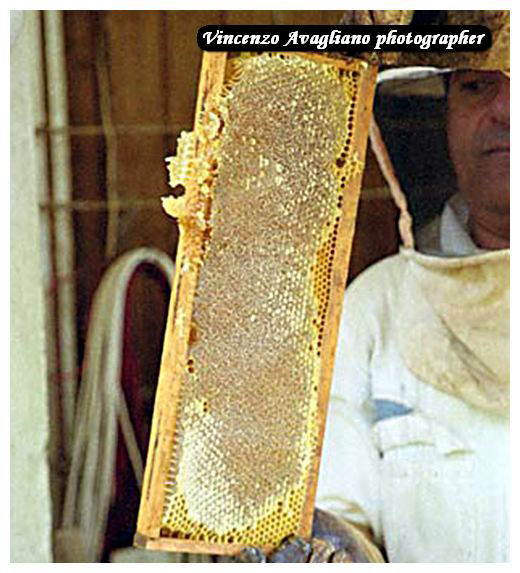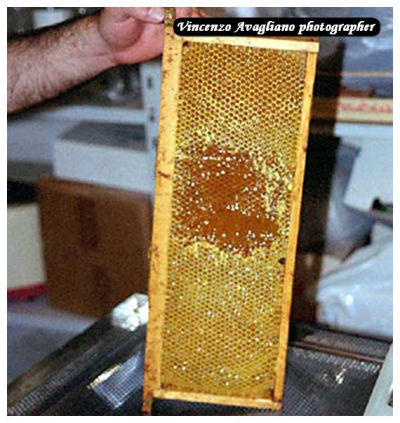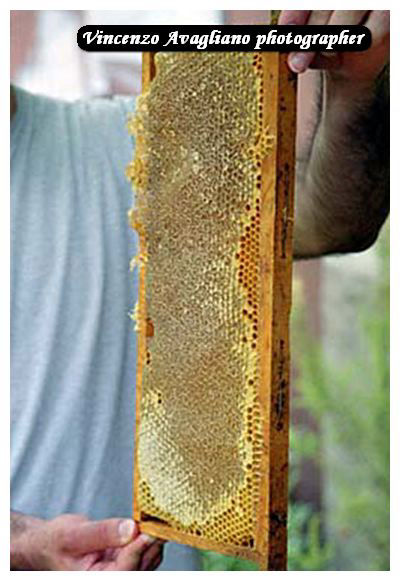Api - Miele
L'uomo ha usato le api per la produzione del miele fin dal 4000BC . Nelle società passate, il miele era di importanza grande, specialmente per i relativi scopi medicinali.
Si è creduto che fosse un potente afrodisiaco ed un antibatterico per le ferite. Fino a tutto il Medio Evo si credeva all’origine “celeste” del miele, ma già Seneca nel I secolo dopo
Cristo, ipotizzava che le api non si limitassero a raccoglierlo dai fiori, ma lo elaborassero: "Non si sa bene se (le api) ricavino dai fiori un succo che è addirittura miele, oppure trasformino in questa sostanza saporita le essenze raccolte, mescolandole insieme e servendosi di una qualità del loro alito”. Bisognerà arrivare alla seconda metà del XVII secolo per avere una formulazione compiuta del processo di trasformazione del nettare in miele, da parte del microscopista danese Swammerdam. E solo nell’Ottocento la chimica organica ha fornito una spiegazione del fenomeno. Il miele è derivato solitamente dal nettare di numerose specie di piante. Differenti fiori producono differenti quantità , qualità, colori, consistenze e sapori di nettare, infatti
è questa variazione di nettare che è responsabile dei molti tipi di mieli disponibili. Le api raccolgono il nettare dai fiori e lo portano ai loro alveari, in cui lo convertono in miele
asciugandolo per ridurre il tenore d'acqua a meno del 17% ed aggiungendo un enzima dalla loro saliva che converte il saccarosio del nettare nei relativi zuccheri , glucosio e fruttosio.
L'ape sigilla le cellule del favo che contengono il miele con la cera per immagazzinaggio. Per maggiori informazioni vedi la didascalia sotto le foto.
Bees - Honey
Humans have kept bees for the production and harvest of honey since 4000BC. In past societies, honey was of great importance, particularly for its medicinal purposes. Until the Middle Ages, it was believed at the origin "heavenly" honey, but already Seneca in the first century after Christ, he had speculated that the bees do not confined themselves to pick it up from the flowers, but
they elaborated it: "You know whether (the bees) derive from the flowers a juice that is honey, or turn into this substance flavorful essences gathered, mixing them together and using a quality of their breath. "We must get to the second half of the seventeenth century to have a formulation accomplished the transformation process the nectar into honey, formulation found by the microscopist Danish Swammerdam. And only in the nineteenth century organic chemistry has provided an explanation of the phenomenon. It was believed to be a powerful aphrodisiac and a valuable antibacterial wound dressing. Honey is usually derived from the nectar of numerous plant species. Different flowers produce different quantities, qualities, colours, consistencies
and flavours of nectar, in fact, it is this variation in nectar that is responsible for the many different types of honey available. Bees collect nectar from flowers and take it back to their hives, where they convert it into honey by drying it to reduce the moisture content down to 17%, and by adding an enzyme from their saliva that converts the sucrose in nectar into its constituent sugars; glucose and fructose. The bee seals the honeycomb cells containing the honey with wax for storage. For more details see the caption under the photos.
